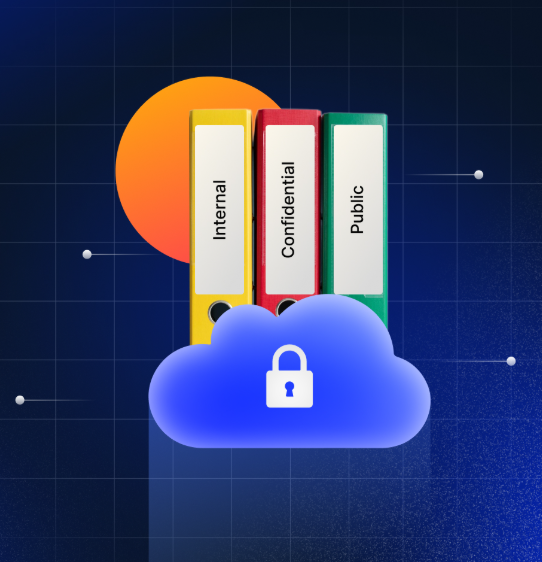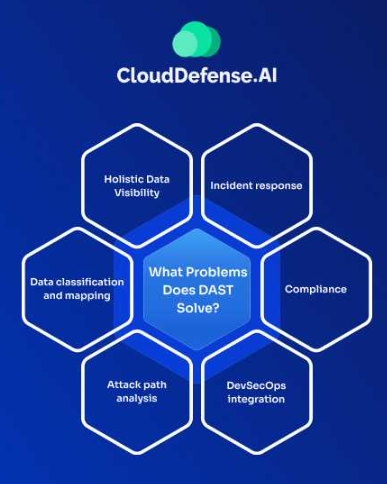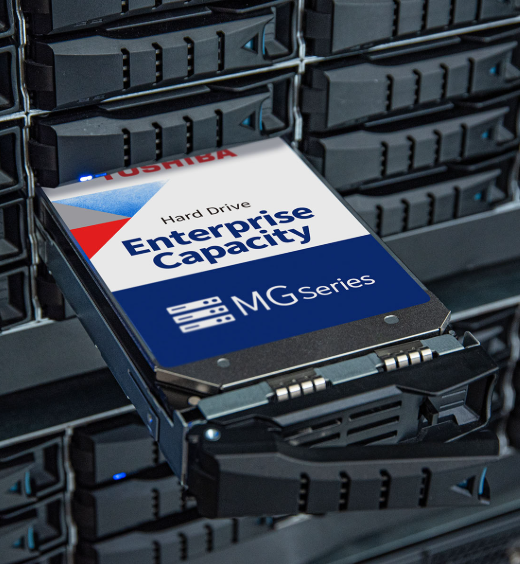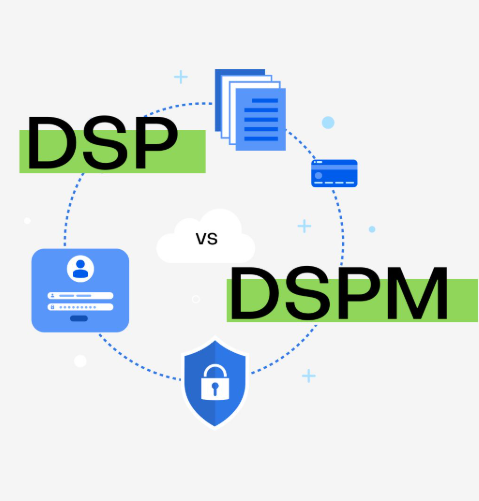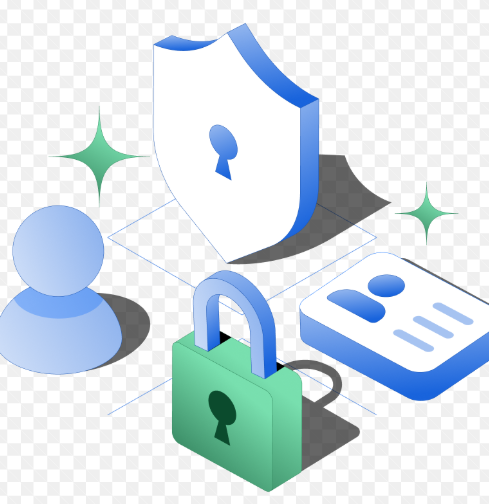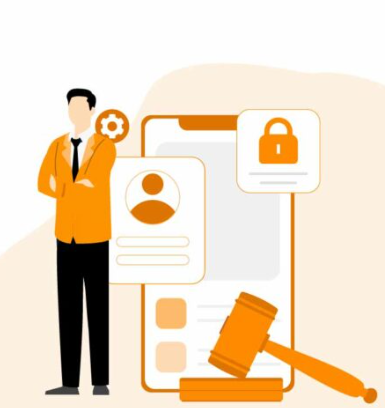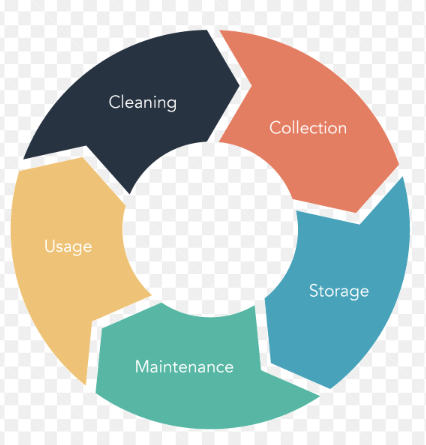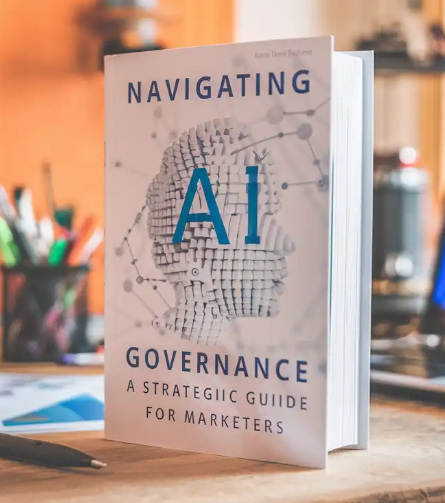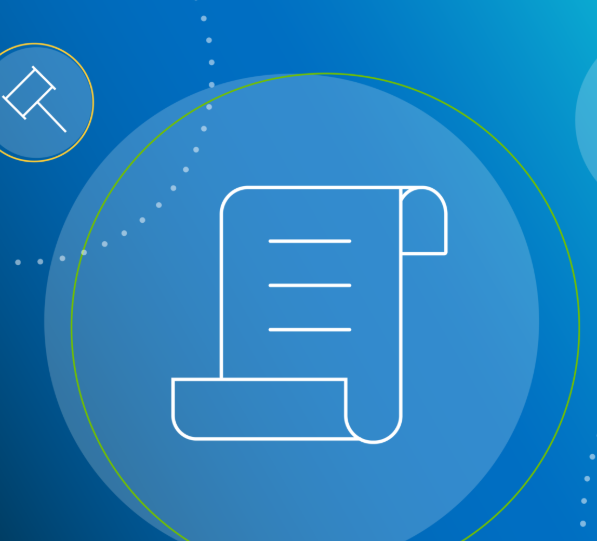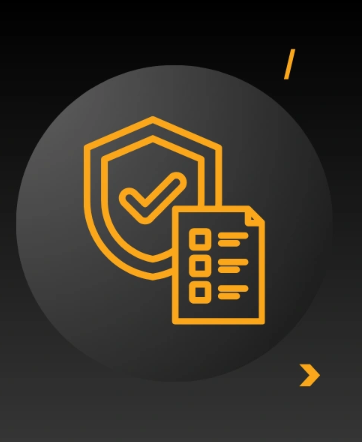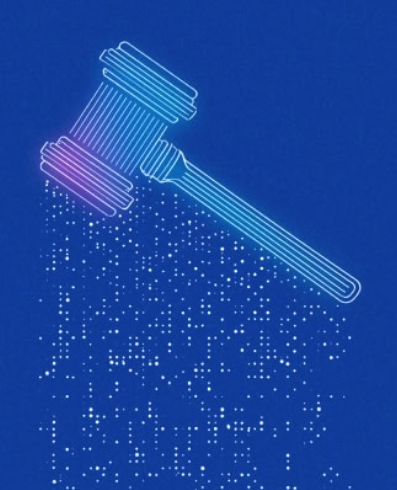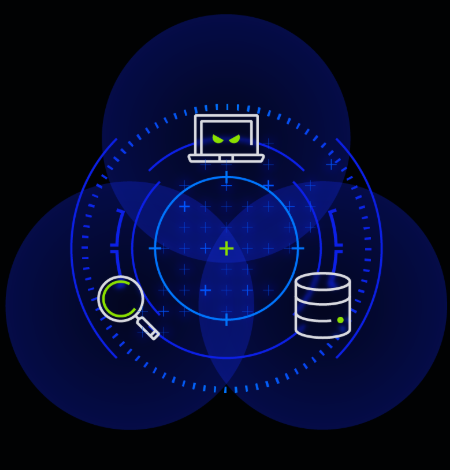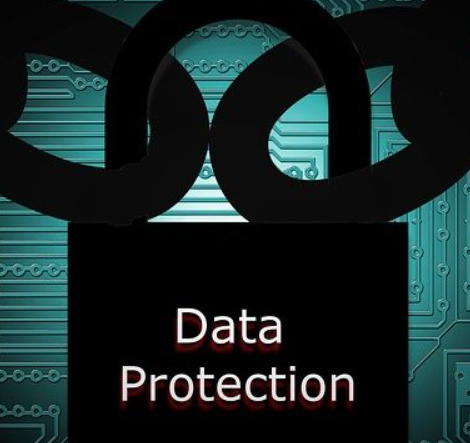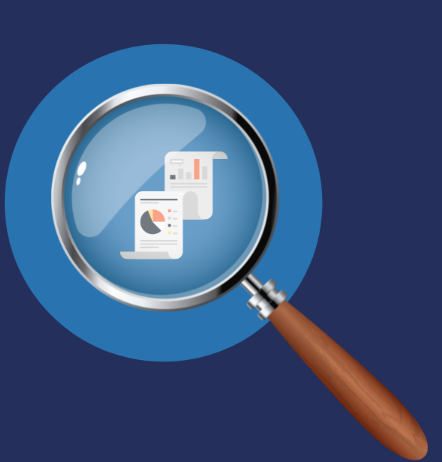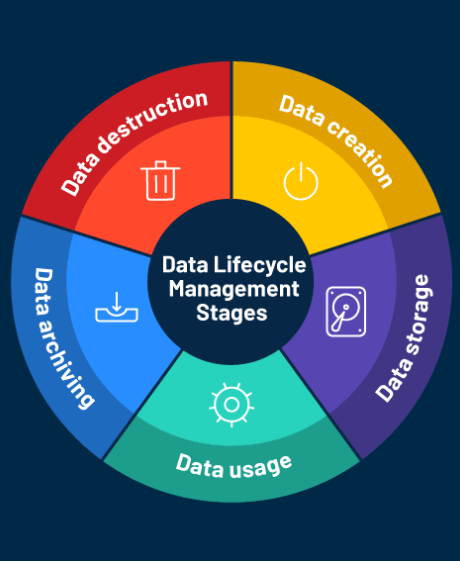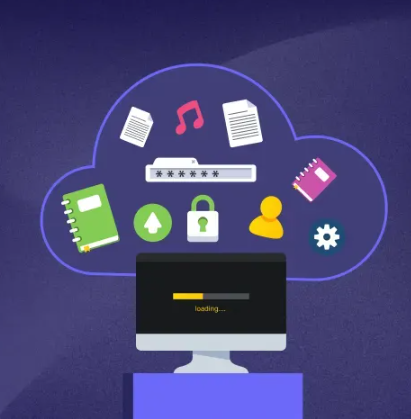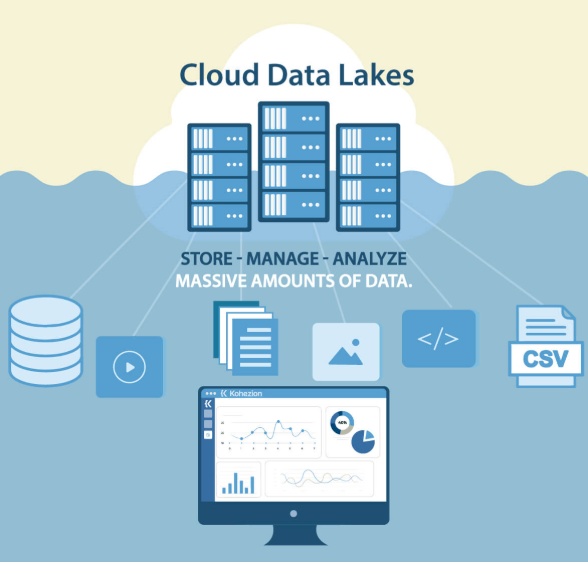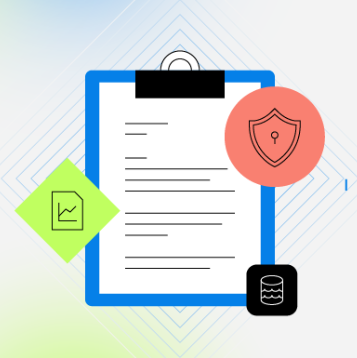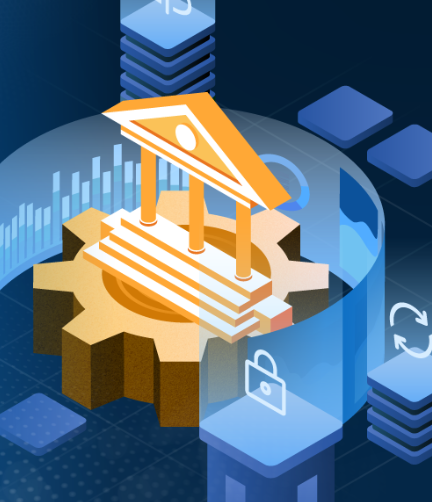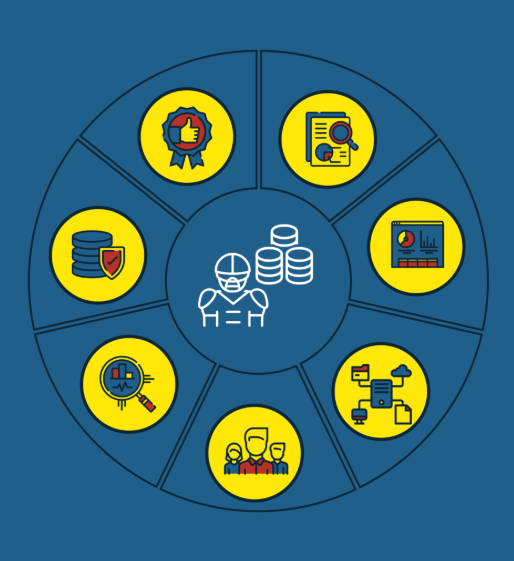
In today’s digital era, the volume of data being generated is staggering. Every second, the average person produces 1.7 megabytes of data, highlighting how critical data has become as both a resource and a potential vulnerability. As custodians of vast digital ecosystems and personal data, businesses have an increasing responsibility to protect, manage, and utilize data in ways that uphold privacy, security, and compliance.
Data stewardship is a fundamental concept that supports the responsible handling of data. In this article, we will explore the importance of data stewardship in modern enterprises, how to implement effective data management, the role of regulations like GDPR and HIPAA, and how to build a company culture that values the data it manages.
What is Data Stewardship?
Data stewardship isn’t an accidental process—it’s an intentional, ongoing effort that encompasses the tools, processes, and people required to manage data responsibly from its creation to its eventual disposal. As businesses face increasing technological advancements and regulatory scrutiny, a robust data stewardship strategy is vital for success. This effort ensures that data is handled securely, ethically, and in compliance with the ever-growing number of regulations.
Data Stewardship vs. Data Governance
While both data stewardship and data governance are integral to managing information, they serve different purposes. Data stewardship focuses on the tactical aspects of managing data, including ensuring its quality, accessibility, and protection. Data governance, on the other hand, establishes the overarching framework—setting the policies, principles, and standards for how data should be used and handled across an organization. Together, these two elements create a comprehensive approach to data management that aligns with business goals and regulatory compliance.
Key Aspects of Modern Data Stewardship
Proactive Data Management
Today’s data management strategies go beyond simple storage. Effective stewardship involves actively managing data to uncover its value, identify risks, and make timely, informed decisions. A proactive stewardship approach anticipates challenges and leverages data for insights, making it a powerful tool for business success.
Compliance with Privacy Regulations
With increasing privacy concerns and regulations such as GDPR and CCPA, organizations must ensure that personal data is handled legally and ethically. Modern data stewardship programs are designed to reflect these requirements, ensuring that personal information is stored, processed, and shared in compliance with relevant privacy laws.
Unified Data Strategy
In many organizations, data is siloed across departments, leading to inefficiencies and heightened risk. A unified data strategy, backed by strong stewardship, provides a holistic approach to managing and protecting data across the enterprise, enabling streamlined operations and better decision-making.
Tools for Effective Data Stewardship
Today’s data stewards are equipped with more than just basic spreadsheets—they have access to sophisticated tools that enhance their ability to manage and protect data effectively.
Data Classification and Analysis Tools
Data classification tools help organizations identify and categorize sensitive information, ensuring that personal data, health data, and other protected categories are handled appropriately and securely.
Automated Compliance Monitoring
Automation plays a key role in modern data stewardship, particularly when it comes to compliance monitoring. Automation tools track data in real-time, alerting organizations to potential regulatory violations and even responding automatically to mitigate risks before they escalate.
Cloud Migration Tools
As more data is migrated to the cloud, the responsibilities of data stewards expand. Using intelligent cloud migration tools ensures that data is securely and efficiently transferred to cloud environments, in alignment with business objectives and security protocols.
The Human Element in Data Stewardship
While technology plays a crucial role, the success of data stewardship ultimately depends on the people involved. Effective stewardship requires continuous training, clear communication, and leadership that champions data responsibility across the organization.
Training and Culture
A strong data stewardship program begins with an informed and aware workforce. Regular training helps ensure that employees understand the latest practices, technologies, and regulatory requirements related to data management.
Clear Communication
For data stewardship to be effective, everyone in the organization must understand and follow established data policies. Clear, concise communication is vital for ensuring compliance at every level of the business.
Leadership and Accountability
Leadership plays a pivotal role in fostering a culture of data stewardship. By assigning clear accountability for data management, organizations create a sense of responsibility that encourages proper handling and protection of data across all departments.
The Future of Data Stewardship
Looking ahead, the role of data stewardship will continue to evolve, especially with advancements in AI and machine learning. These technologies have the potential to make data governance more proactive and automated, yet still personalized to meet specific organizational needs. As businesses adapt to these innovations, data stewardship will remain a critical element of data management, focused on maintaining security, compliance, and responsible data handling.
Conclusion: The Strategic Importance of Data Stewardship
Data stewardship is not just about managing data; it’s about leveraging this valuable asset to drive business growth and innovation while safeguarding privacy and compliance. A strong data stewardship strategy offers a significant competitive advantage in today’s data-driven world, enabling organizations to navigate the complexities of privacy laws, security risks, and operational efficiency.
For businesses committed to effective data stewardship, the goal should be more than just compliance—it’s about creating a culture where data is treated as a strategic resource. By fostering responsible data practices, organizations can ensure that their data management strategies contribute to long-term success and customer trust.




